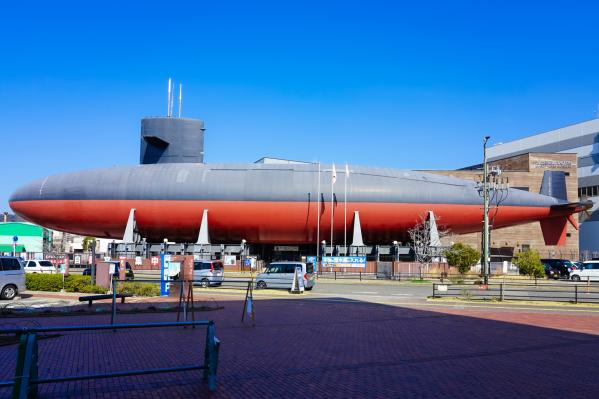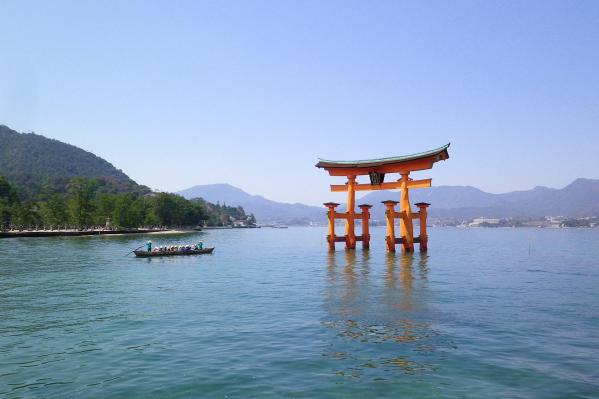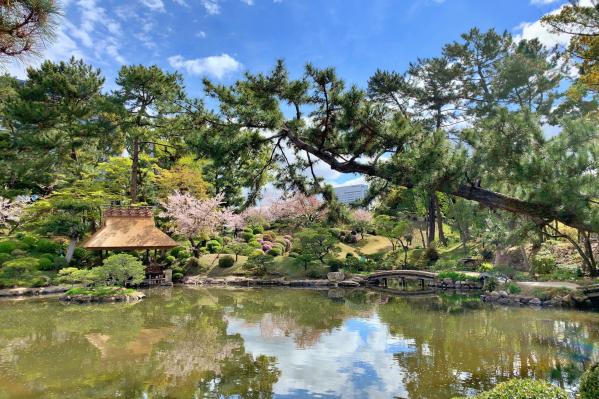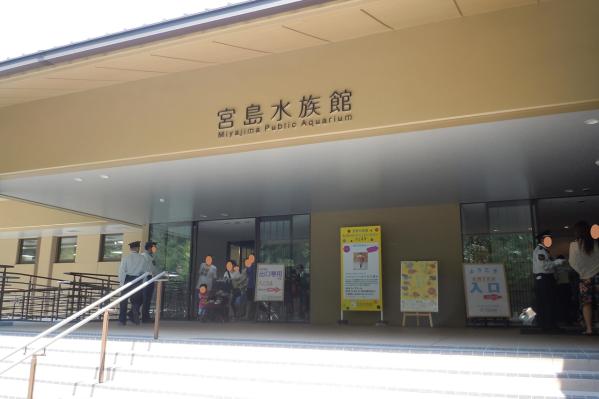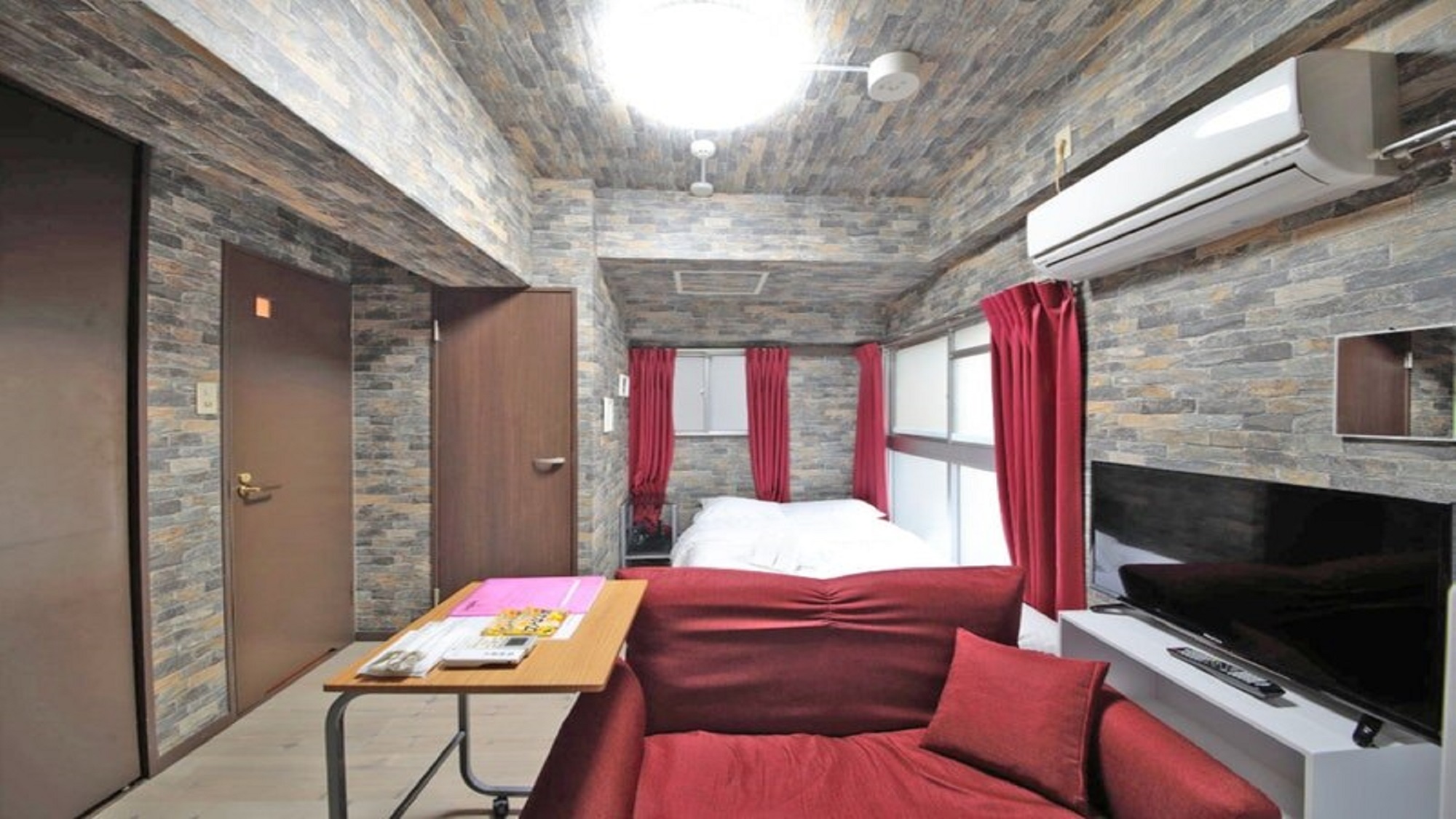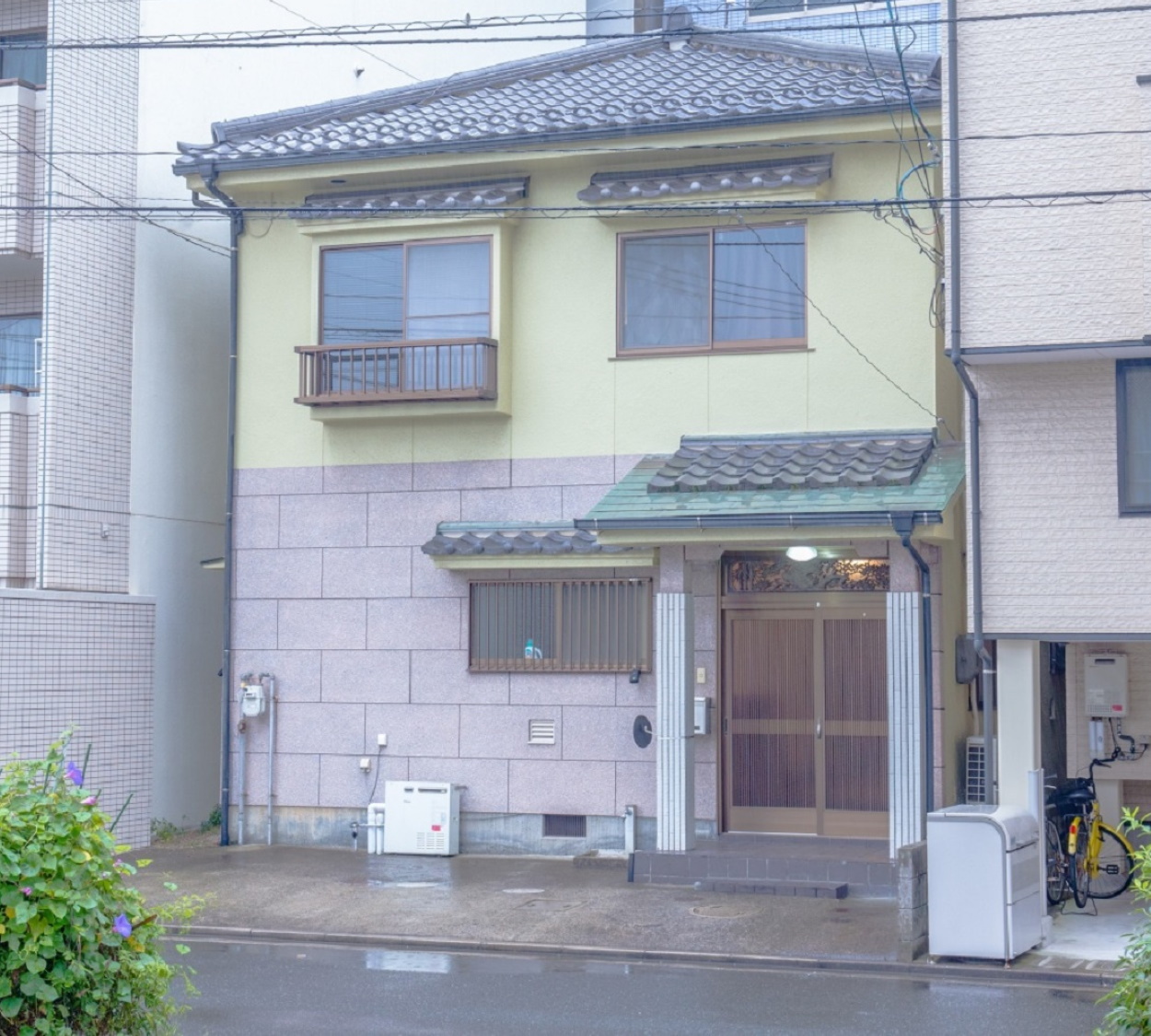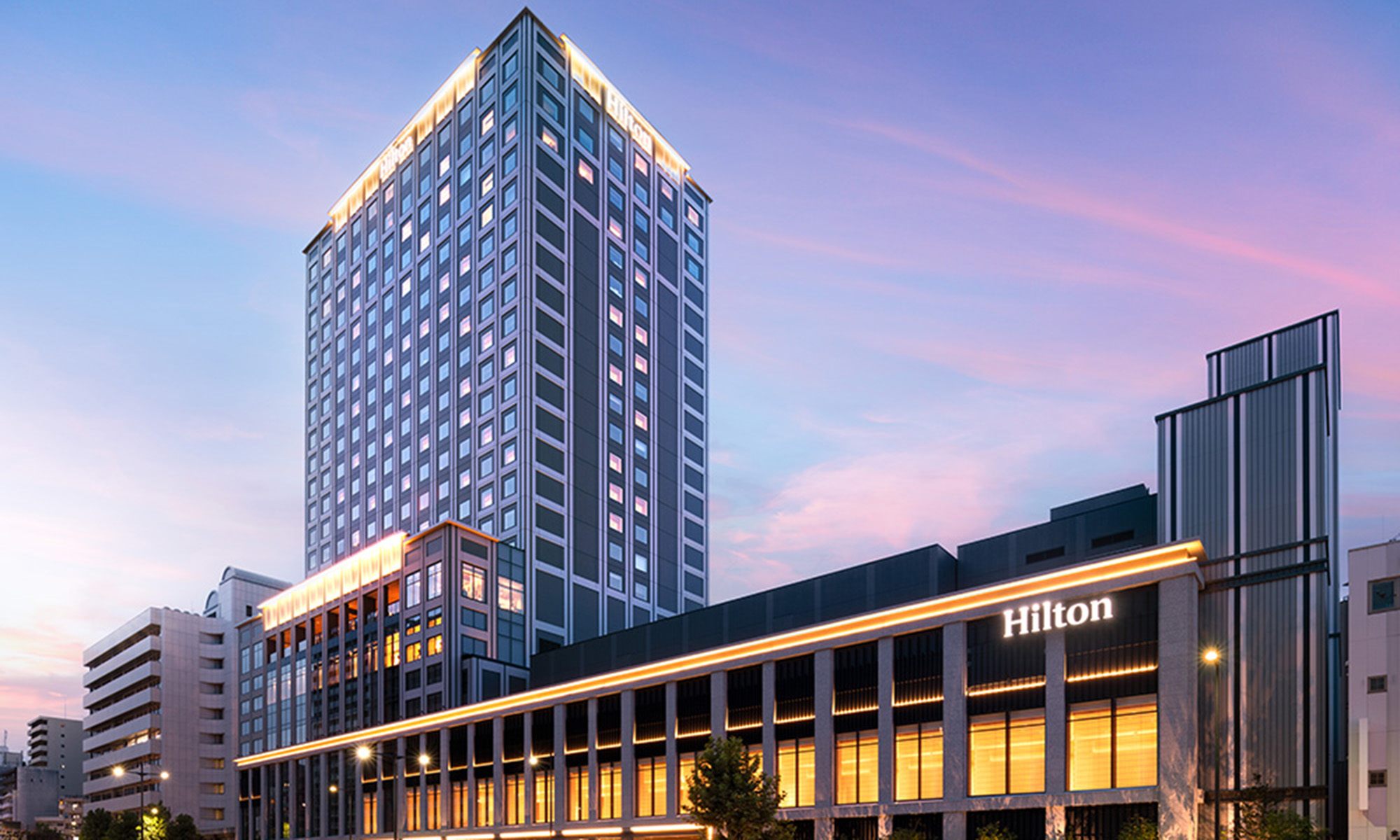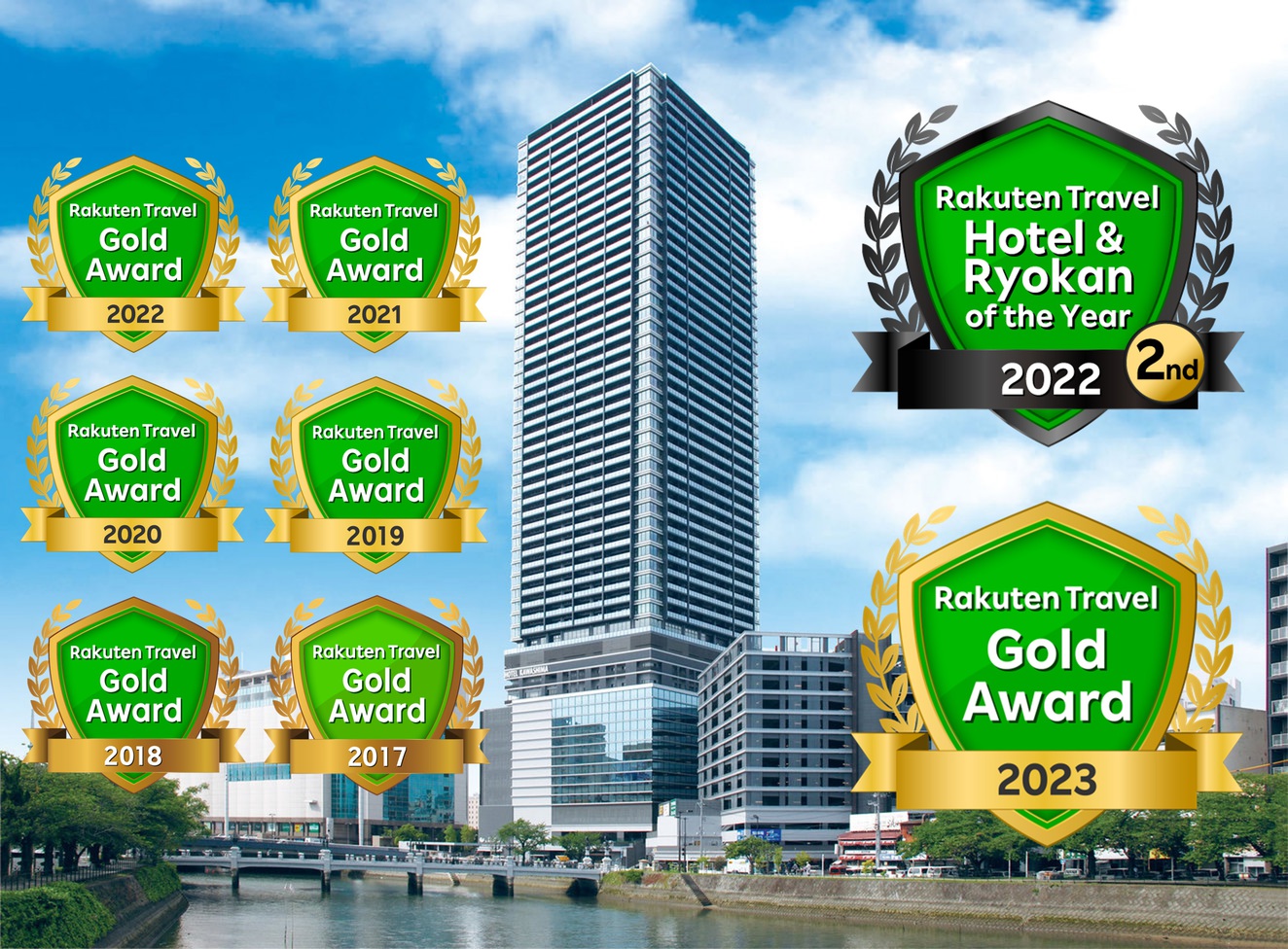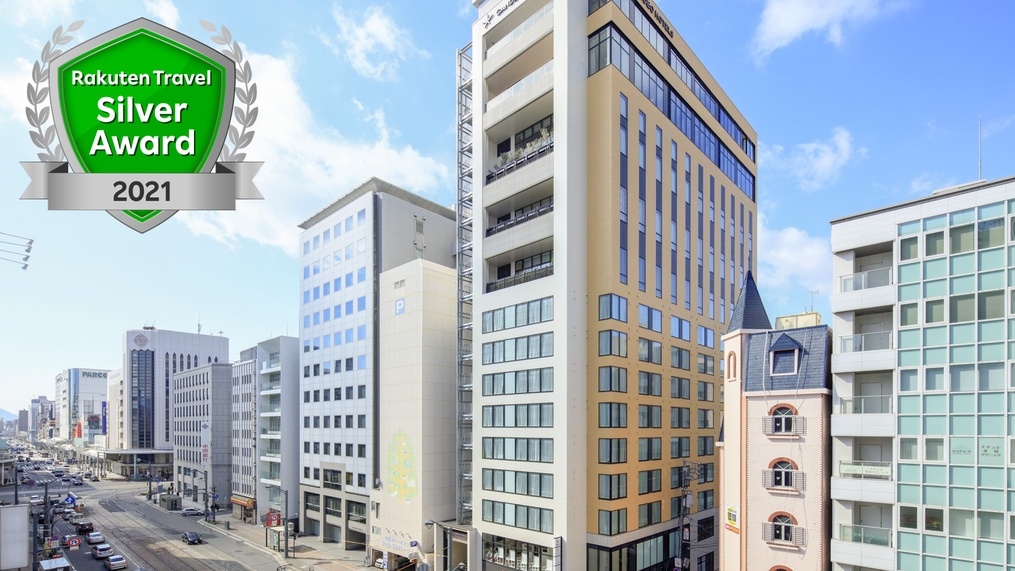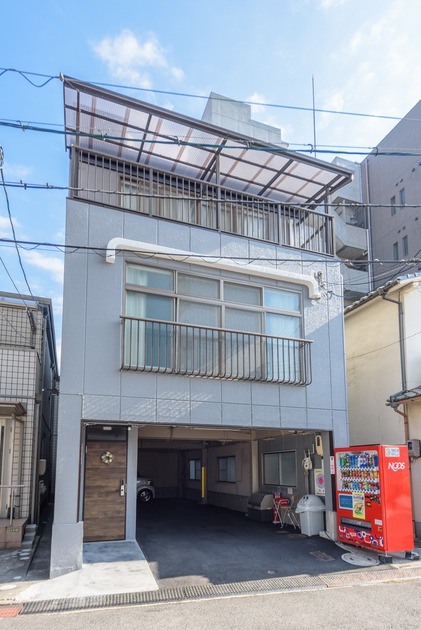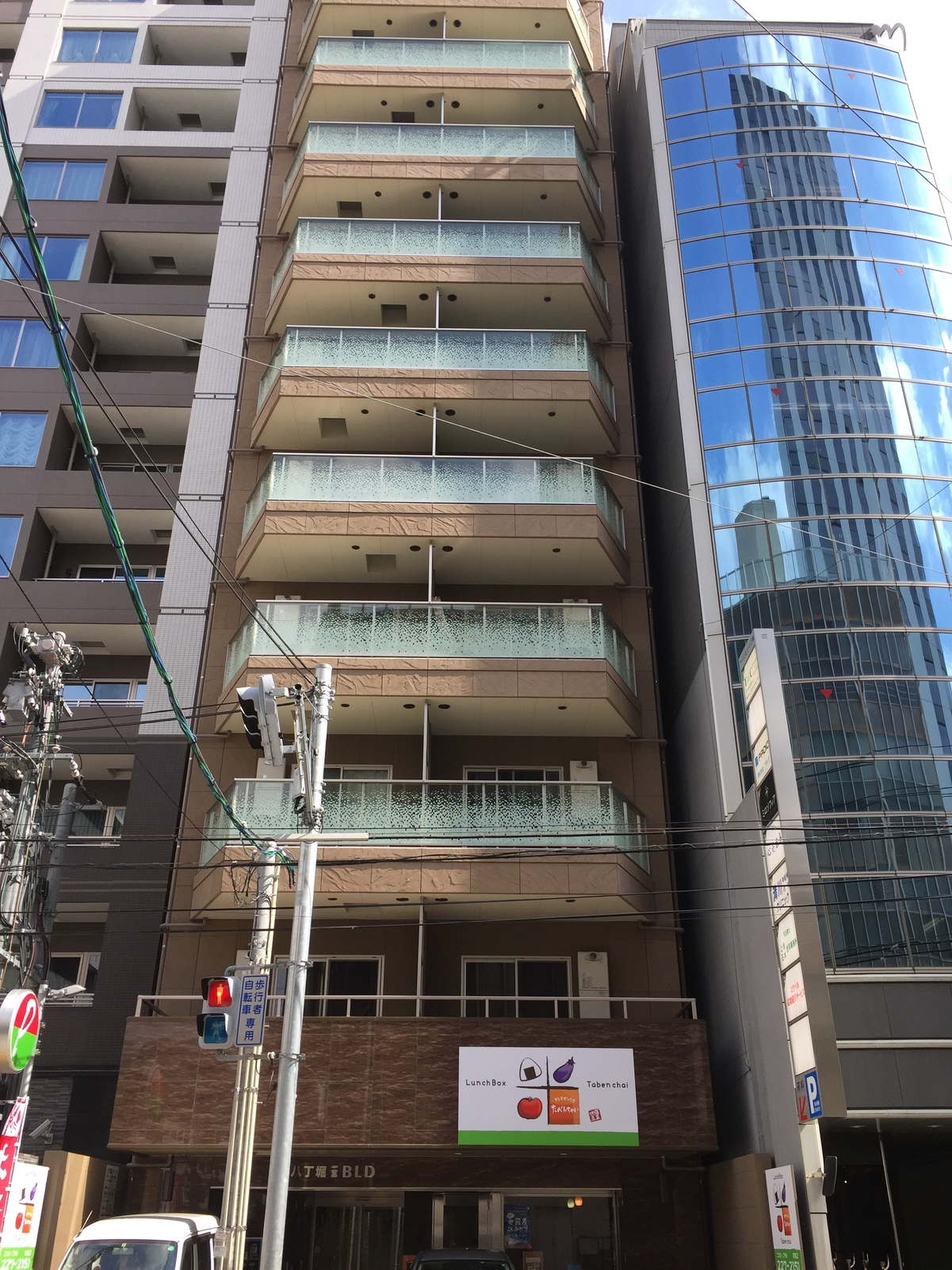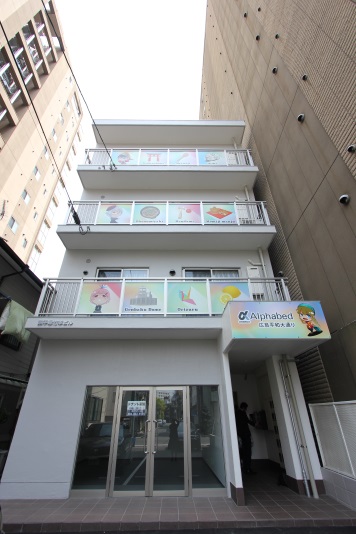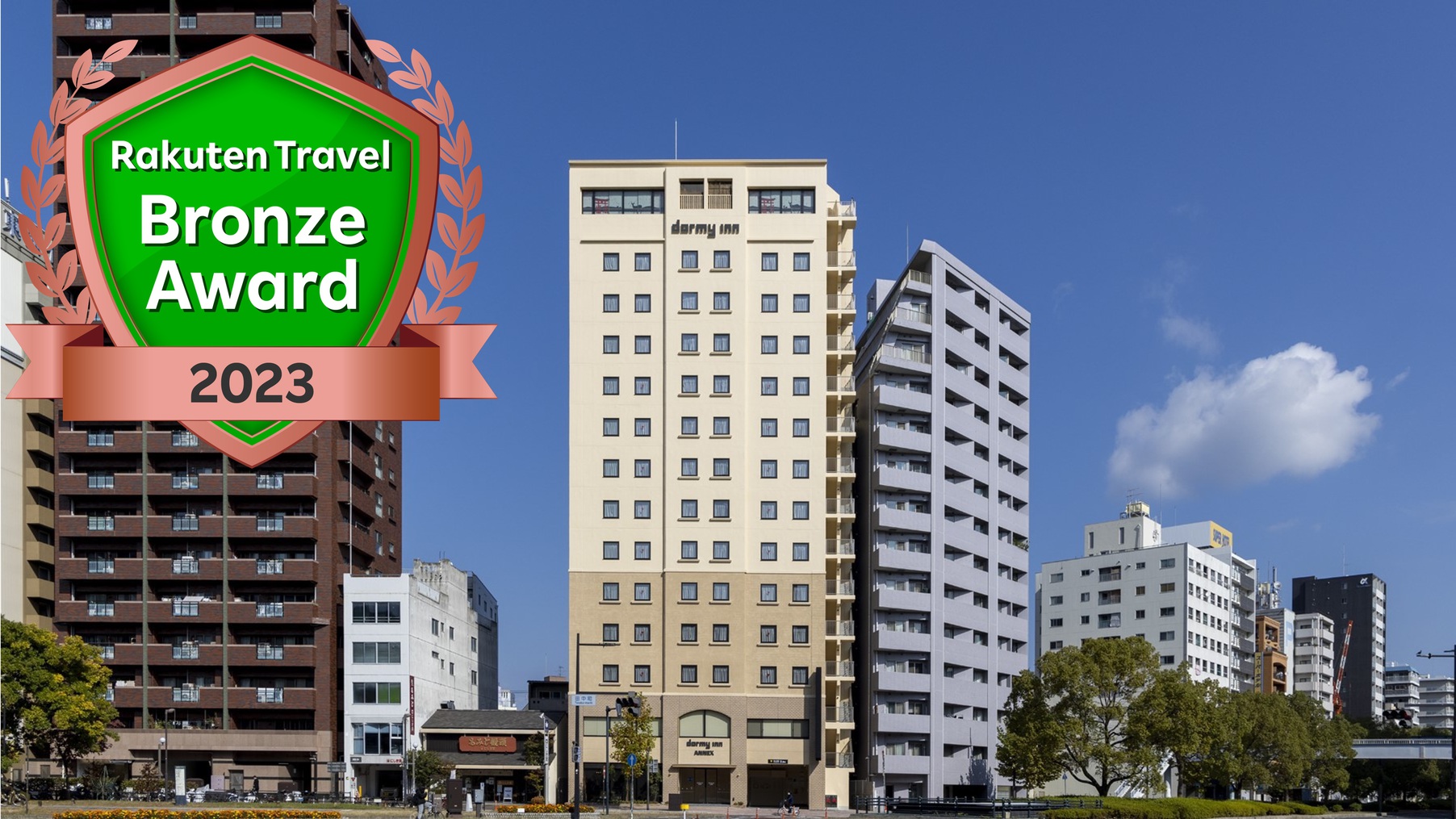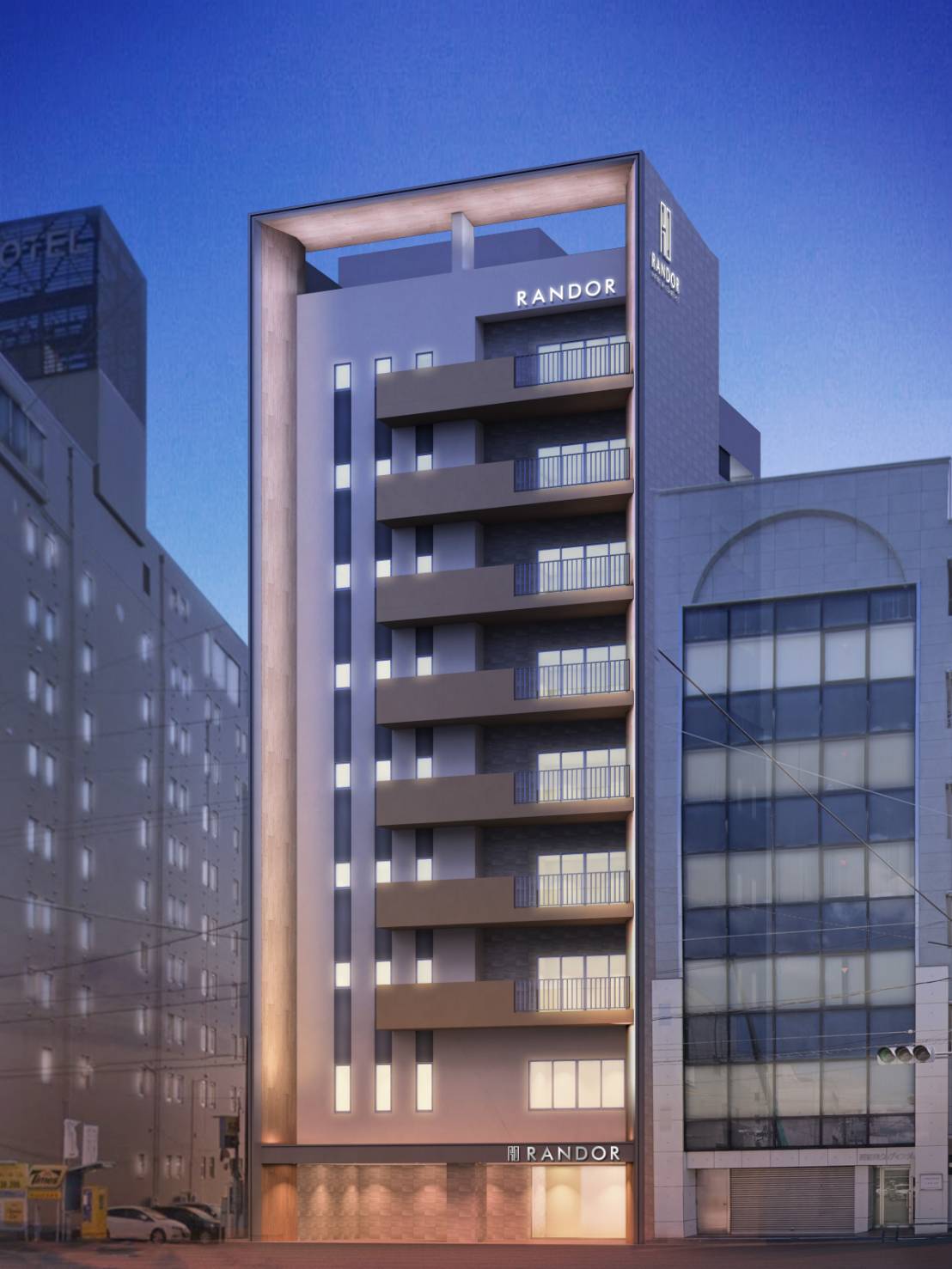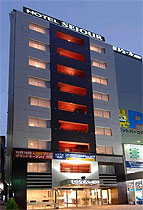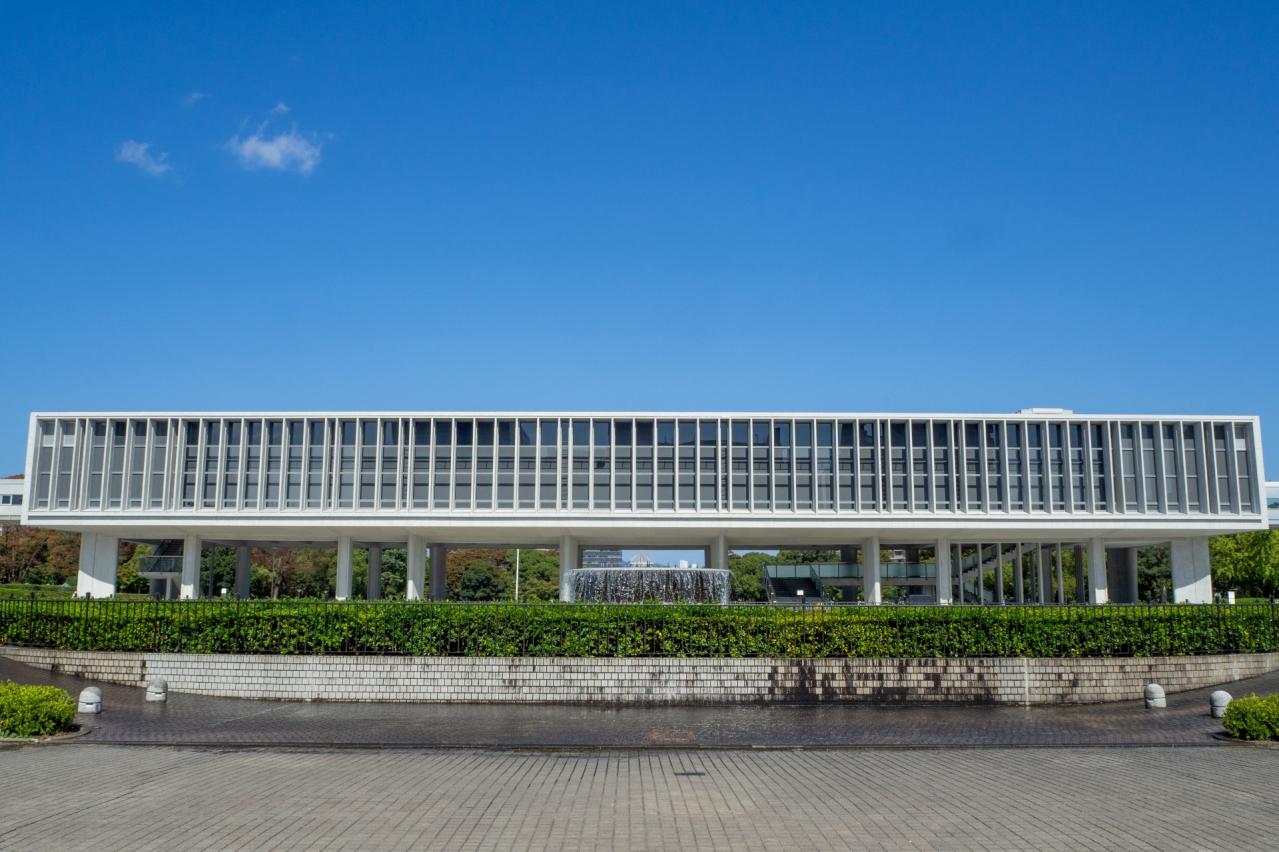
Hiroshima Peace Memorial Museum
The museum displays the belongings of atomic bombing survivors, photographs, and documents that illustrate the reality of the bombing, along with information on Hiroshima's history before and after the bombing and the circumstances of the nuclear age. It also holds talks where hibakusha share their experiences, providing materials for peace education.
The building itself was designed by Kenzo Tange and opened in 1955. Located within the Peace Memorial Park, its pilotis structure and louvered designs exemplify Tange's architectural style. The Hiroshima Peace Memorial Museum is an important facility that communicates the history of Hiroshima and the desire for peace, receiving high international acclaim.
Basic Information
- Spot Name
- Hiroshima Peace Memorial Museum
- Location
- 〒730-0811 1-2 Nakajimacho, Naka Ward, Hiroshima City, Hiroshima Prefecture
- Access
- From JR Hiroshima Station South Exit: Take the Hiroshima Electric Railway streetcar for about 15 minutes and get off at "Fukuro-machi" stop, then walk for about 10 minutes. Alternatively, get off at "Genbaku Dome-mae" stop and walk for about 10 minutes. By route bus, it takes about 15 minutes to get off at "Heiwa Kinen Park" which is right by the park. From JR Hiroshima Station Shinkansen Exit: Take the Hiroshima City circular bus "Maple-Loop" for about 15 minutes and get off at "Heiwa Koen-mae," which is right there. From Hiroshima Airport, take the limousine bus to Hiroshima Bus Center for about 55 minutes, then walk for about 10 minutes from there. Alternatively, it's about a 23-minute drive from Sanyo Expressway Hiroshima IC.
- Parking
- None. Only parking spaces for individuals with disabilities are available. Please use nearby paid parking lots for general parking.
- Business Hours
- 【March - July】8:30 AM - 6:00 PM
【August】8:30 AM - 7:00 PM
(Closed at 8:00 PM on August 5th and 6th)
【September - November】8:30 AM - 6:00 PM
【December - February】8:30 AM - 5:00 PM - Regular Holiday
- December 30th and December 31st *The information room will be closed on December 29th, December 30th, December 31st, and January 1st.
- Fees
- Adults (college students and above) / 200 yen
High school students / 100 yen
If you present public identification confirming you are 65 years or older / 100 yen
For groups of 30 or more adults (college students and above) / 160 yen
For groups of 20 or more high school students / Free
Children below junior high school / Free
High school students on Saturdays, excluding public holidays and spring, summer, and winter break periods / Free - Contact Information
- Phone Number:082-241-4004
- Official Website
Map
Detailed Information
▶ Chronology of the Museum
1945 (Showa 20)
August 6: The world’s first atomic bomb exploded approximately 600 meters above the center of Hiroshima City, resulting in catastrophic damage.
1949 (Showa 24)
May: The "Hiroshima Peace Memorial City Construction Law" was unanimously passed by both houses of the Diet.
August 6: The "Hiroshima Peace Memorial City Construction Law" was promulgated after receiving over 90% support in a local referendum in Hiroshima City. On the same day, the joint work of Kenzo Tange and others was decided as the design plan for the Peace Memorial Park.
September: Based on the bomb-related materials collected by geologist Shoji Nagaoka and others, the "Atomic Bomb Reference Material Exhibition Room" was established at the Hiroshima City Central Community Center, initiating the public display of atomic bomb disaster materials.
1951 (Showa 26)
February: Construction work began on the "Peace Memorial Hall" (current main building of the Peace Memorial Museum).
1955 (Showa 30)
August 6: The "Hiroshima Peace Memorial Museum Ordinance" was promulgated.
August 24: The Peace Memorial Museum opened (the first director was Shoji Nagaoka). A number of citizens, including the Atomic Bomb Document Collection Support Association (now known as the Atomic Bomb Document Preservation Association), contributed to the collection of materials related to the atomic bomb disaster.
1958 (Showa 33)
April-May: The "Hiroshima Reconstruction Great Exposition" was held at venues including the Peace Memorial Museum.
1975 (Showa 50)
August: To address building deterioration and material degradation, the first large-scale renovation was carried out, updating the exhibition content upon reopening.
1991 (Heisei 3)
August 1: The second major renovation incorporated large models and large-screen videos, leading to a reopening in a newly renovated format.
1994 (Heisei 6)
June 1: To enhance exhibition and storage functions and promote peace education, the Peace Memorial Hall was renovated and opened as the "East Building of the Peace Memorial Museum."
East Building: Exhibits on Hiroshima before the bombing, the development and dropping of the atomic bomb, the current state of the nuclear age, and Hiroshima's efforts for peace.
Main Building: Exhibits of belongings and photographs from atomic bomb survivors.
2006 (Heisei 18)
July: The main building was designated as a national important cultural property, being the first post-war construction in Japan to receive this designation.
2012 (Heisei 24)
November: The "Schmore House" was opened as a subsidiary exhibition facility in the 1-chome, Ebani, Naka-ku, Hiroshima City.
2014 (Heisei 26)
March: Renovation work began on the East and Main Buildings.
2017 (Heisei 29)
April: The East Building reopened after renovations.
East Building: Exhibits divided into three zones: "Introductory Exhibits," "Dangers of Nuclear Weapons," and "Hiroshima's Journey."
2019 (Heisei 31)
April: The Main Building reopened after renovations.
▶ Main Building Architectural Features
The main building was designated as a national important cultural property on July 5, 2006, marking the first such designation for a post-war building in Japan. This building, designed by Kenzo Tange, received international acclaim as the first post-war structure by him and serves as the starting point of his work.
▶ East Building Architectural Features
The "Hiroshima Peace Memorial Museum," opened in 1955, was renovated and reopened in June 1994 as the "Hiroshima Peace Memorial Museum (East Building)." Following this, renovation work began in March 2014, and the building reopened in April 2017. The East Building has a supporting role to the main building and was designed with a modest aesthetic in relation to it. It connects to the main building via a corridor and is symmetrically arranged around the main building, which acts as a gateway. In contrast to the main building, the East Building features stone-clad columns and beams on the ground level and is surrounded by similarly clad self-supporting walls, creating a somewhat weighty architectural design.
Hiroshima Peace Memorial Museum Movies
Hiroshima Tourist Attractions
View ListHiroshima Peace Memorial (Genbaku Dome)
The Atomic Bomb Dome is a UNESCO World Heritage Site located in Hiroshima City, and it is a building that was damaged by the first nuclear weapon used in human histo...
Hiroshima Castle
Hiroshima Castle, known for its beautiful main keep built by Mori Terumoto in 1589, is also referred to as "Rijou" (Carp Castle). After the Battle of Sekigahara, the...
Kaijouji Eitaikurashiryoukan (Tetsu no Kujirakan)
Kure Maritime Museum (commonly known as the "Museum of Iron Whale") is the only museum in Japan where you can enter an actual submarine. Here, the submarine "Akishio...
Yamato Museum (Kure Maritime Museum)
The Yamato Museum (Kure Maritime History and Science Museum) is a museum that introduces the history of Kure City, which thrived as a military port where the battles...
Itsukushima Shrine
Itsukushima Shrine is a sacred place deeply rooted in Japan's history and culture. Constructed in the year 593, the year of Emperor Suiko's ascension, it is known as...
Shukkei-en Garden
Shukkeien Garden is a daimyo garden built in 1620 as a retreat for the Hiroshima feudal lord, Asano Nagamasa, by his tea-master retainer, Ueda Soko. It is known to h...
Miyajima Aquarium
Miyajima Aquarium is one of the leading aquariums in the Chugoku region, featuring about 350 species and over 13,000 specimens primarily from the Seto Inland Sea. It...












